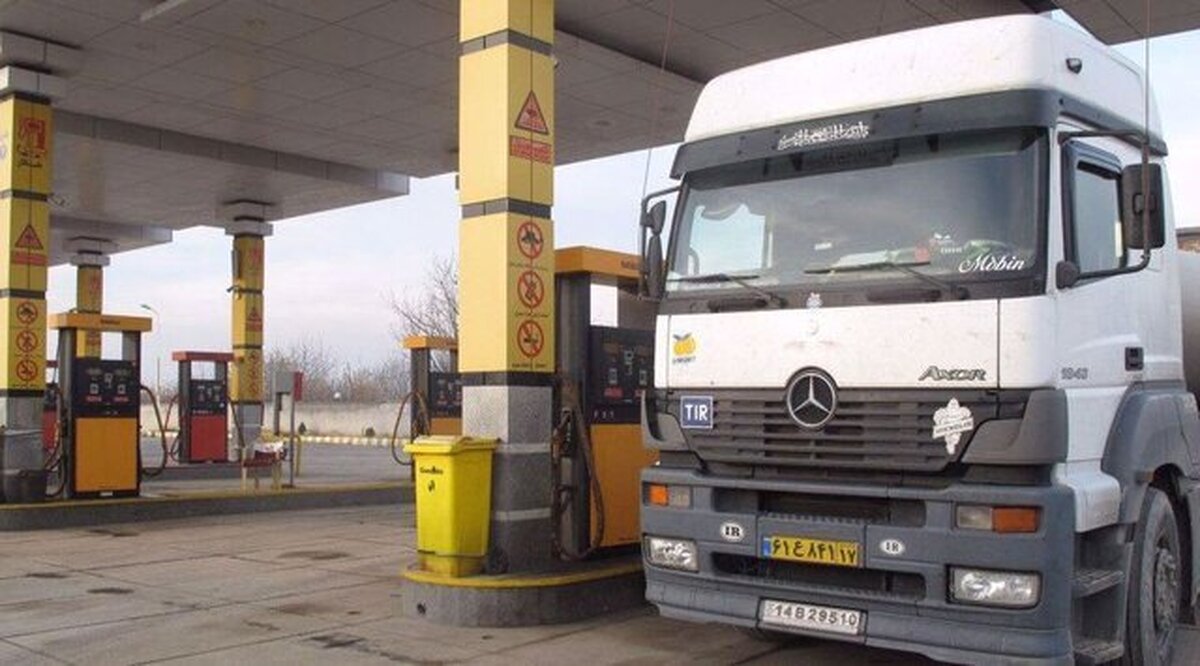
Gas Main Source of Power Generation
EghtesadOnline: Supplying natural gas, instead diesel and mazut, to power plants, has doubled to 200 million cubic meters per day since 2013, the National Iranian Gas Company chief said.
“Natural gas accounted for less than 50% of thermal units’ feedstock seven years ago. Now 98% of power stations are linked to the national gas grid,” Hassan Montazer Torbati was quoted as saying by IRNA.
An estimated 36 billion cubic meters of gas was delivered to power plants in 2013, but increased to 75 bcm in 2019.
“If the 123 thermal plants had not been provided with natural gas in the 7-year period, they would use at least 150 billion liters of liquefied fuels (diesel and mazut) costing $75 billion.”
According to the senior official, producing 150 billion liters of liquefied fuels mean that the Oil Ministry should have major refineries each with a capacity of processing 260,000 barrels of crude per day.
Torbati said almost all power plants use natural gas and failing to consume gas wisely (especially in winter) will have ecological consequences because more thermal plants will have to switch to environmentally-harmful diesel and mazut to meet demand.
As more dirty fuel is burnt (to produce electricity), more toxic fumes will be hurled into the atmosphere making a bad pollution situation worse.
The substantial rise in gas production, especially in the giant South Pars Gas Field in the Persian Gulf that is now 700 mcm/d, has helped the National Iranian Oil Company to quadruple exports of liquefied fuels to neighboring countries including Iraq, Pakistan and Afghanistan.
Moreover, gas export, which was barely 35 mcm/d in 2013, has now exceeded 75 mcm/d (mainly to Turkey and Iraq).
Production Capacity
Gas production capacity reached 740 mcm/d in 2019, of which 600 mcm/d came from SP and the rest was produced by the Iranian Central Oil Fields. Production capacity has now approached 830 mcm/d.
SP is divided into 24 phases. Most of the phases are operational. The field, which Iran shares with Qatar in the strategic Persian Gulf, stretches over 9,700 square kilometers, 3,700 square kilometers of which (South Pars) are in Iran’s territorial waters.
“NIGC invested $17 billion to expand natural gas infrastructure in the past seven years. Of this amount $4 billion was spent on improving gas delivery to remote rural areas,” the NIGC chief said.
The rest of the money was spent on completing SP phases and the Iran Gas Trunkline (IGAT) and to accelerate gas delivery to power plants and industries.
He said construction of IGAT 6 and 9, expanding the network to small towns and villages in remote areas in the western and southern regions and construction of gas supply pipelines and compressor stations are among the priorities.
Eight phases of SP came on stream in the past seven years.” Phases 13, 14, 15, 16, 19 and 22-24 joint the grid in 2013.
Gas Meters
In related news, IRNA quoted Sirous Shahbazi, head of western Kermanshah Province Natural Gas Company as saying that the number of gas meters in the province has surpassed 600,000 and close to 13 mcm of gas is used per day.
“Close to $20 million was spent to connect 200 villages to the national grid in the past 12 months.” The move was in line with the government's goal of linking all urban areas and 90% of the suburban population to the gas network by 2022.
More than 27,000 villages, or 82% of the rural population, are connected to the national grid.
According to NIGC data, more than 22 million households in 1,106 cities and 24,260 towns are linked to the rapidly expanding gas grid.
Supplying piped gas to villages helps create direct and indirect jobs. Access to piped gas also helps expand small businesses like animal husbandry, greenhouses, bakeries and service centers.


